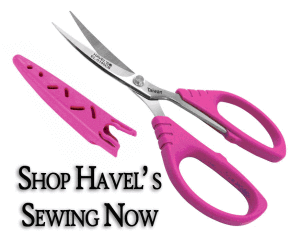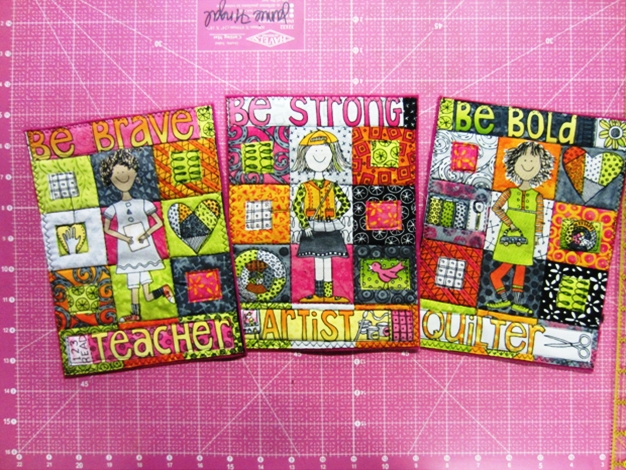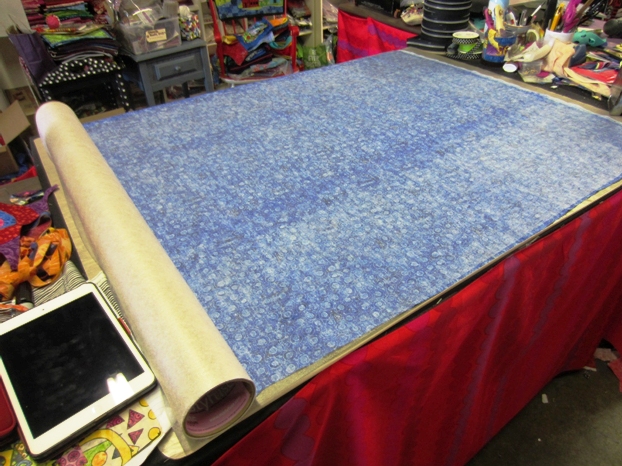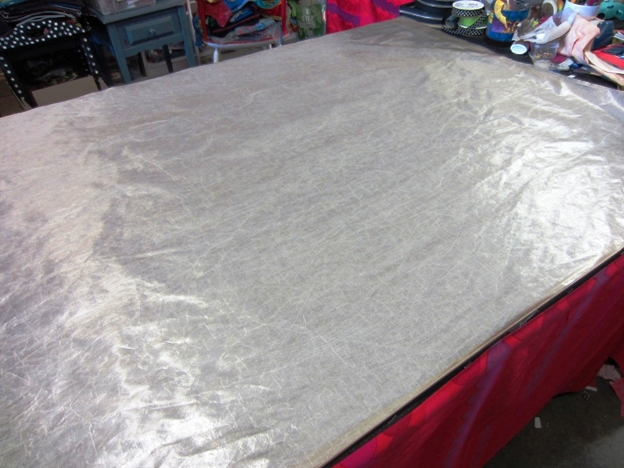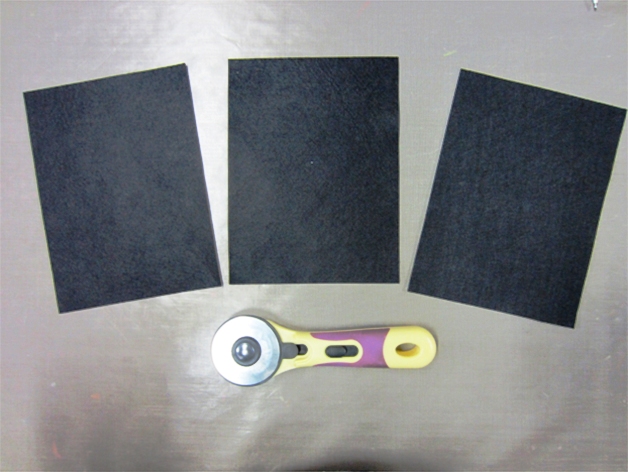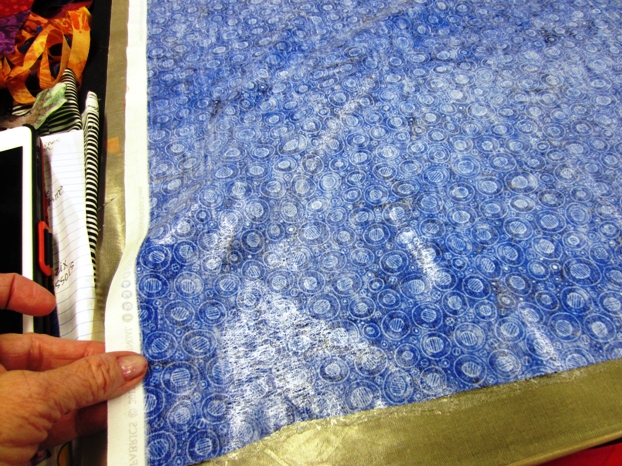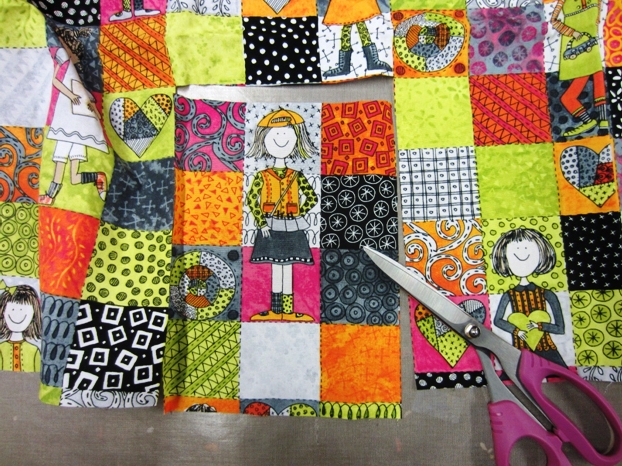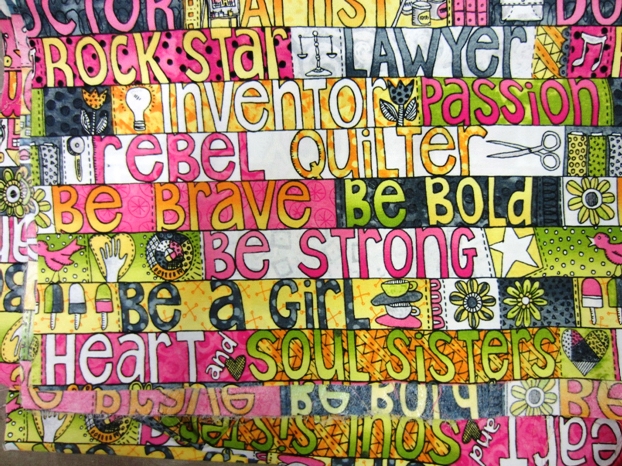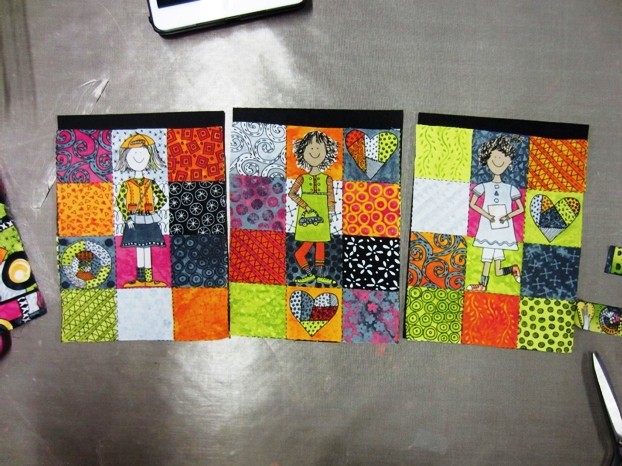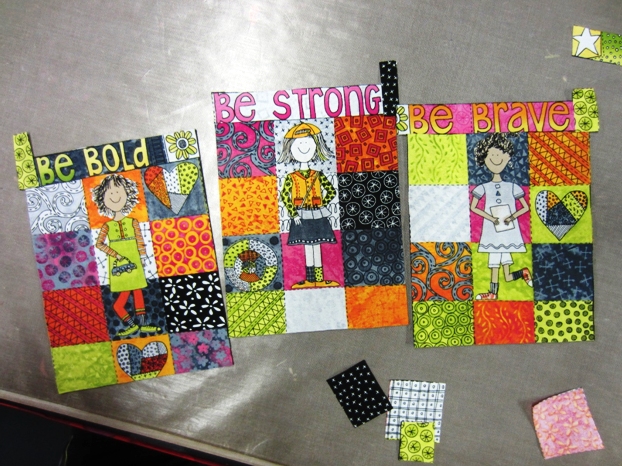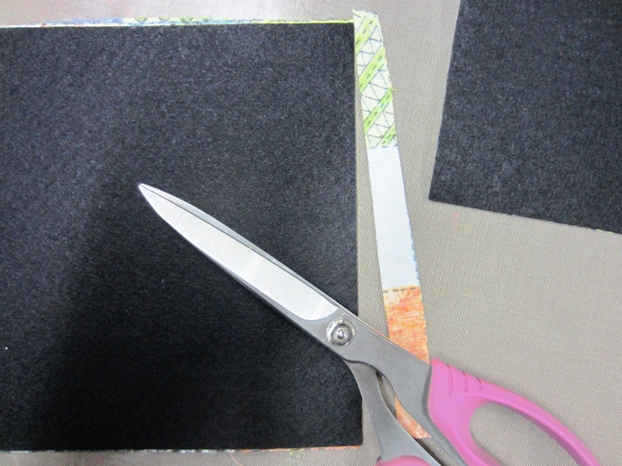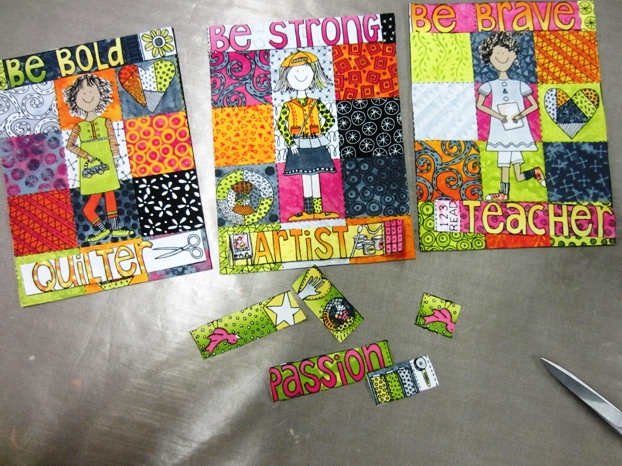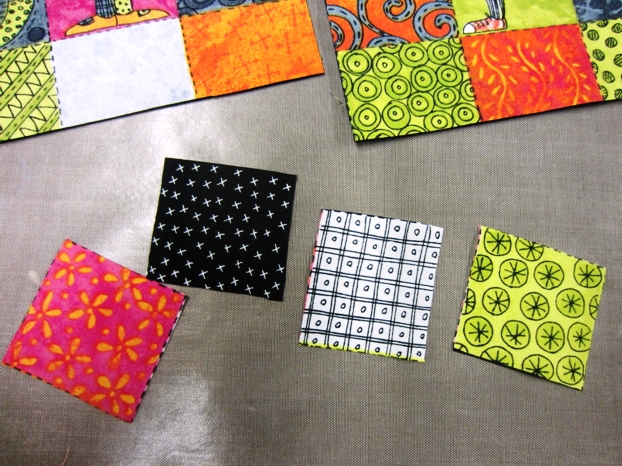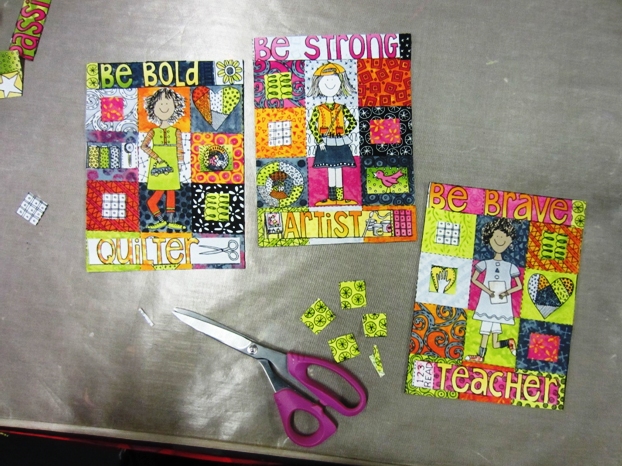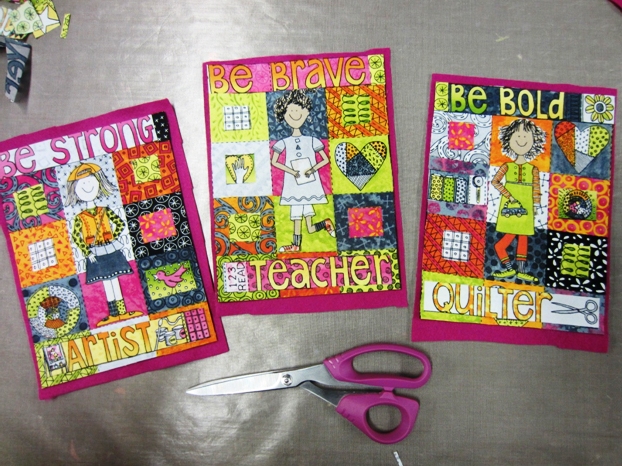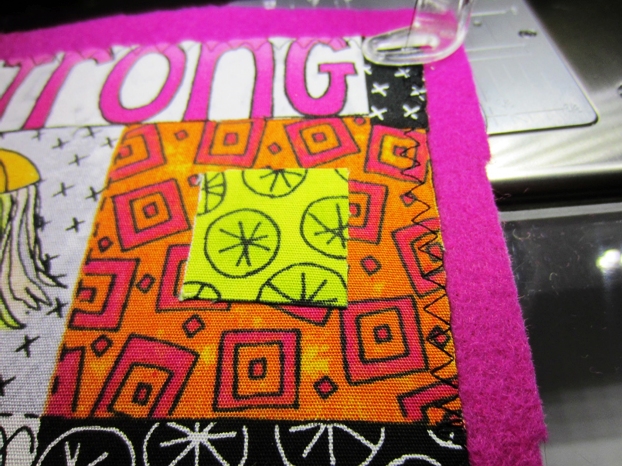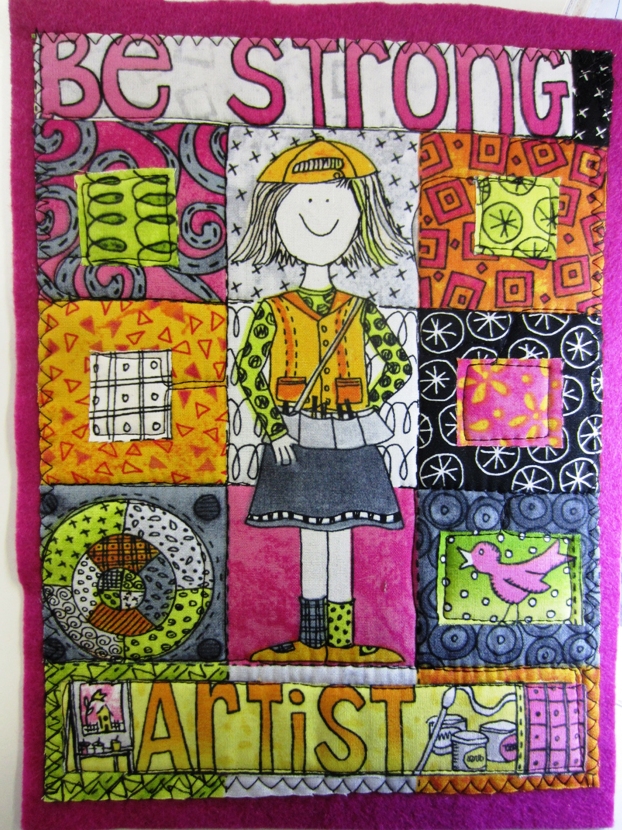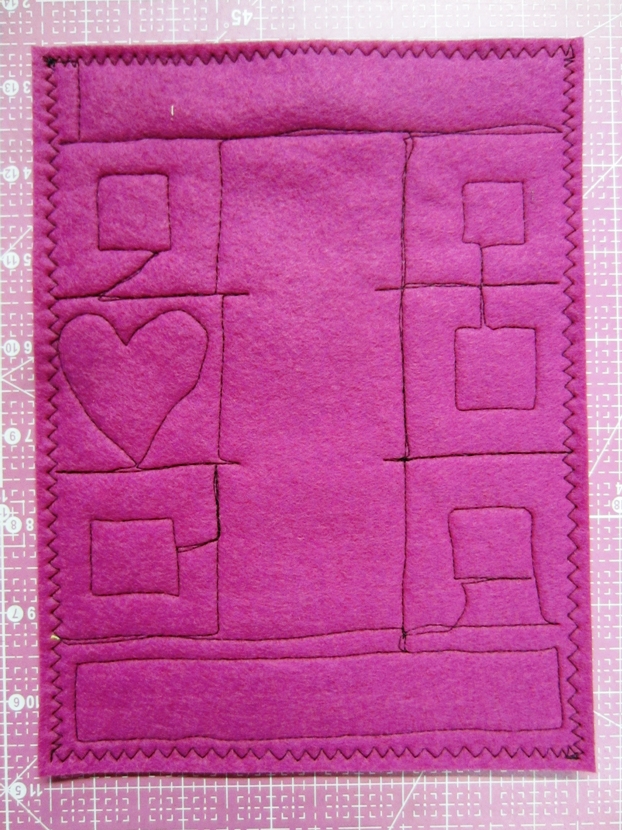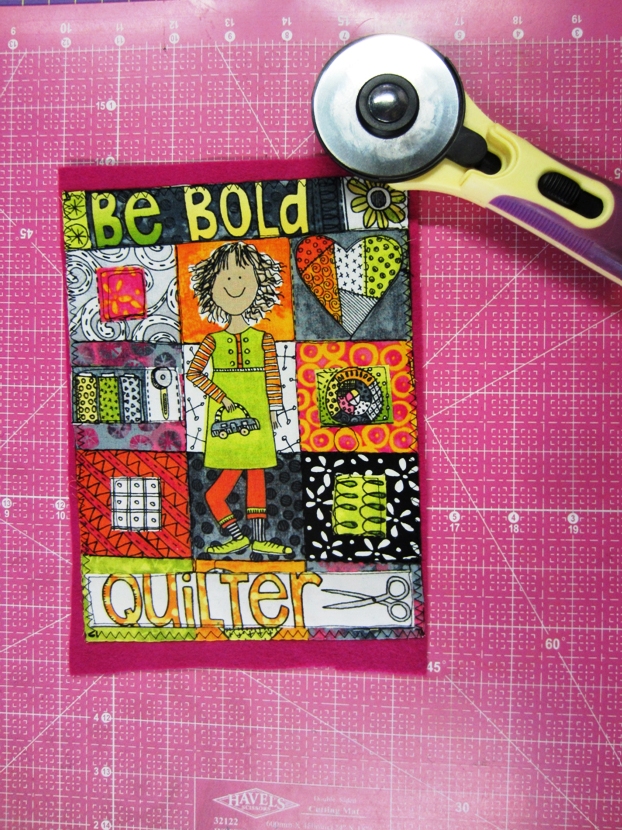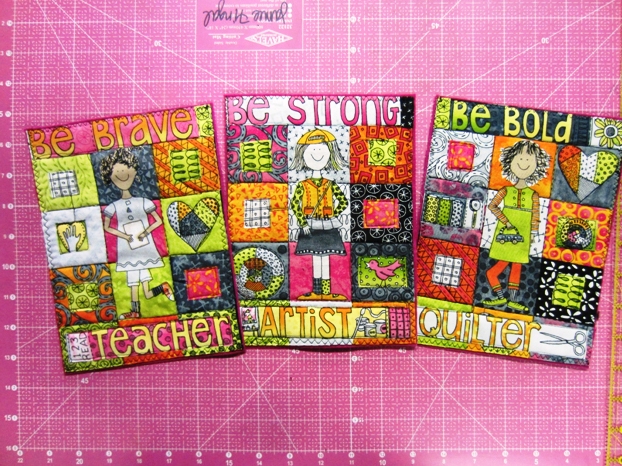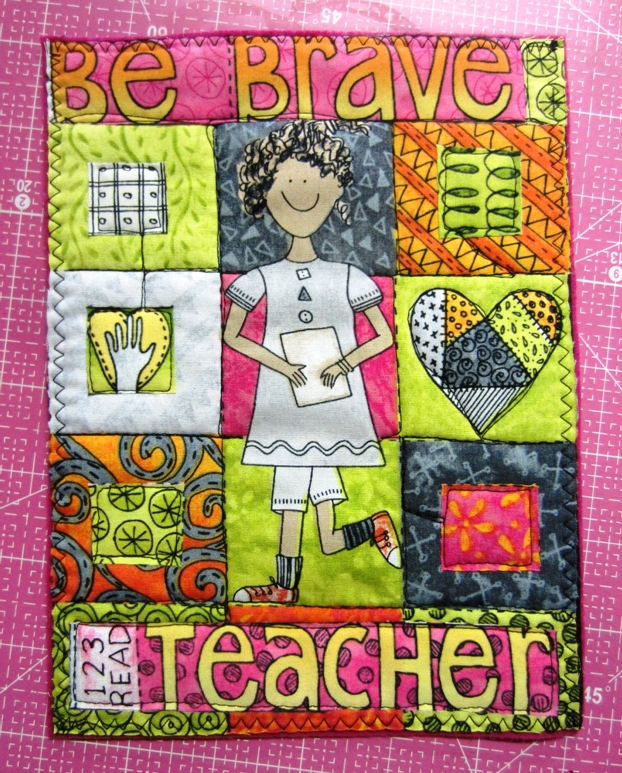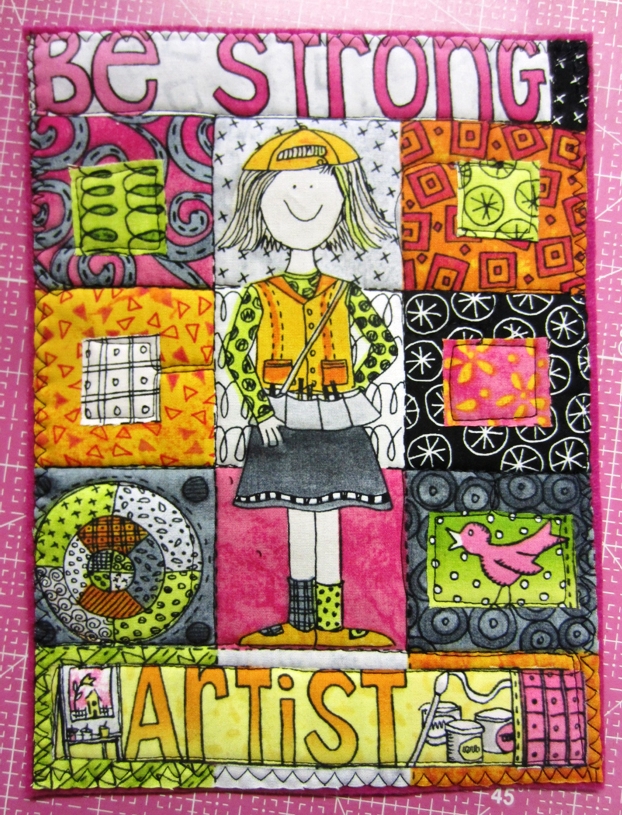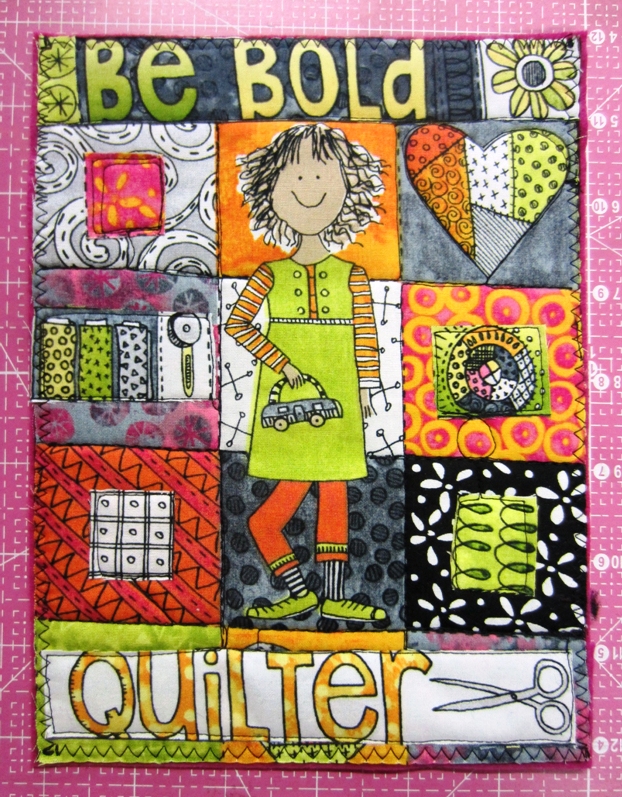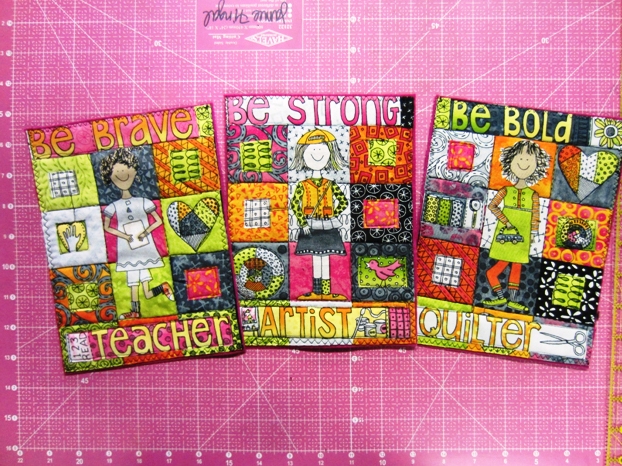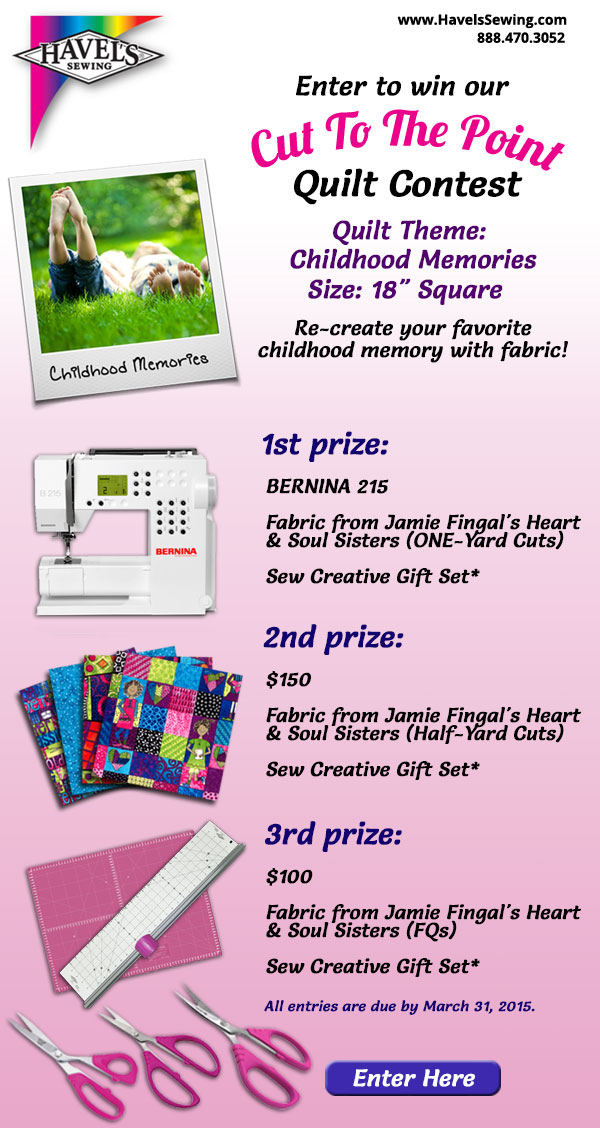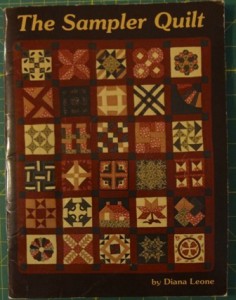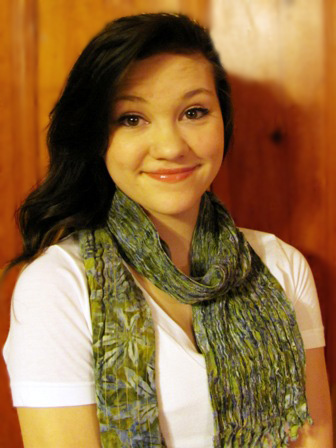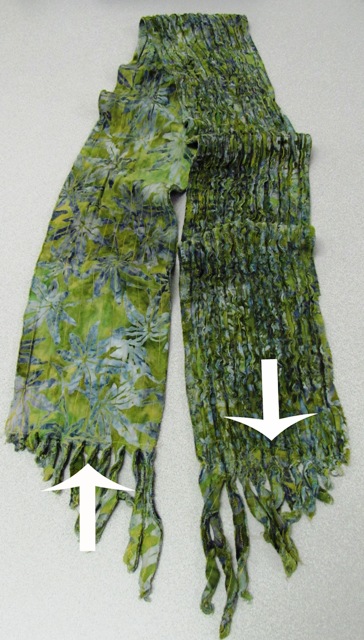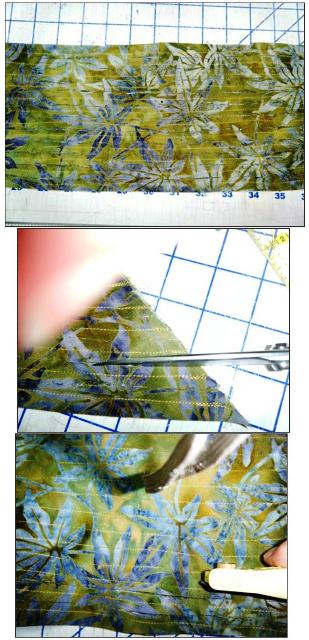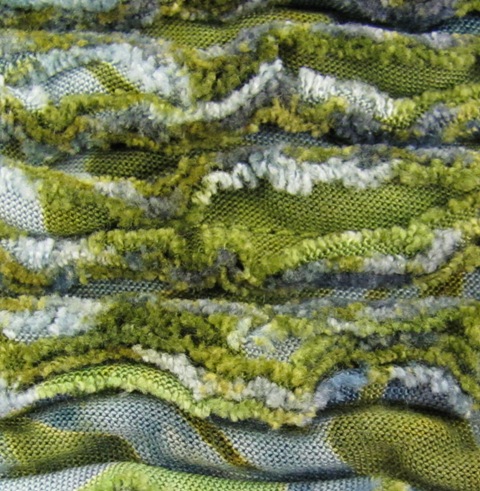What’s the most important part of a quilt?
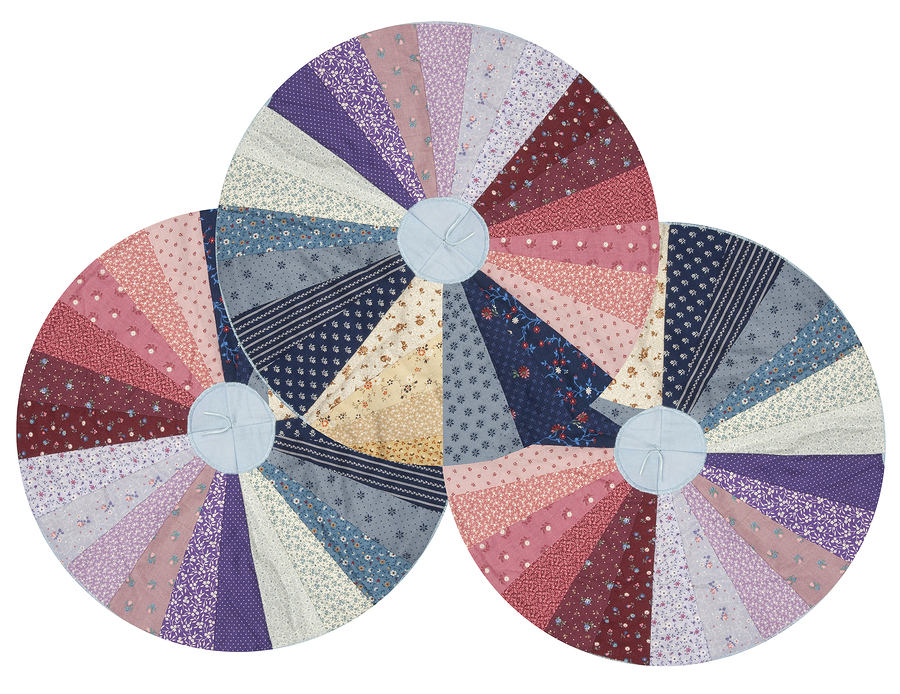
I have a quilt in my head nearly all the time. I might be thinking about one I’ve made, am making or want to make. Those frisky quilts that I want to make prompt me to stop at quilt stores, haul fabrics out of my stash when I am smack dab in the middleof another project and call my name. The yet to made quilts are perfect. I’ve found the greatest fabric, the actual quilt matches my fantasy and everything is sewn per.fect.ly.
None of my actual already made quilts are perfect, no way. But I love them all the same. Somehow, in spite of whatever missteps I may make, I love the whole completed quilt. And I find I really don’t like a quilt as I am making it, I change it up or stop. The reasons why vary which begs the question, what is the most important part of a quilt? What is the element that makes or breaks a quilt?
Maybe it’s the fabric. Certainly we all spend a lot of time buying fabric. Heck, I buy it all over the world. If I love it I buy lots and I figure out later what I am going to do with it. So is that the most important part? Maybe! However, I am currently in a round robin and one participant sent a gorgeous center block that had stimulated tremendous additions by the other Round Robin participants and the fabric was kindof lousy. Nope, really lousy. You could see through the white and it was very cheap fabric. But oh I lusted after that quilt!
Hmmm, if I coveted a quilt with lousy fabric that wasn’t even finished then design must be the trump card, the central element that makes a quilt. Maybe? But I have seen quilts which are clever and well designed and should work, they really should. But somehow, they just don’t sing. And I’ve seen colorful Gee’s Bend quilts many of which have no discernible design and they make me want to grab them and shout MINE, ALL MINE as I run for the hills!
There’s a thought, color. There are color workshops in every quilt store in America. There are color wheels, hand dyed fabrics and color swatches so you get exactly that shade of frosted apricot blush that you want, no NEED for your quilt. And then there are threads in every pastel, bold, classic, blended shade a computer can come up with. Now we know, it’s color. Or is it? If that is true, why are whole cloth quilts so stunning? It’s just one piece, one color and a whole lot of gorgeous stitching.
Now we are getting somewhere. It’s the stitching. It’s the perfect corners, the 12 stitches to an inch and the diamonds whose points are as sharp as a knife. It must be the impeccable binding whose endings and beginnings are a mystery known only to the creator.
It feels good to have nailed down the most important element of a quilt, the sewing itself. Phew, I am glad that is settled. Hold on there for a minute, partner. Let’s not rush to judgment. So that must mean that the quilts that sell, gather votes and grace our beds as well as our walls are sewn with impeccable skill. Those are the quilts that sing?
Maybe for some they do but not always to ME. I have seen some gorgeous examples of skill beyond my wildest dreams made by expert Amish quilters. There is not a discernible error in the entire quilt and I admire the heck out of the skill of that quilter. But the fabric might be meh, the colors blah and the design overdone and trite.
I have personally seen beautiful skills create a quilt that doesn’t speak to me. I have experienced fabulous designs that just don’t work. I have seen gorgeous fabrics and exciting colors that are squandered in a quilt that just doesn’t grab me.
On the opposite side, I have seen poorly constructed quilts that are truly works of art. Some quilts have colors that have faded but have left the beauty behind. I’ve been lucky enough to view quilts made out of leftovers, used jeans or flour sacks that make me gasp with pleasure.
We can focus on just the right fabric, using the unaccessibly correct color theory, honing our skills and designs that are time tested and not be guaranteed a quilt that will please us in the end. I think that is the most important aspect, which has to be the goal, to please the maker when it is done.
I contend that there is not one most important element when making a quilt. The magic that is a quilt is between the maker and the quilt and subsequently those who behold this masterpiece. If it whispers in your ear and makes you happy then that is the most important element, the enjoyment.
I love luscious fabrics, vibrant or rich colors, master level skills and clever designs. But more than all of that, I want to adore my quilts and your quilts. I want some intangible element to grab me by the lapels and make me smile at that fabric magically transformed into the wonder that is a quilt.
Magic, maybe that’s the most important part of making a quilt. Abracadabra, let’s go make some now.
LEST WE FORGET, THE BEST SCISSORS ARE JUST AS IMPORTANT AS EACH PART OF THE QUILT
